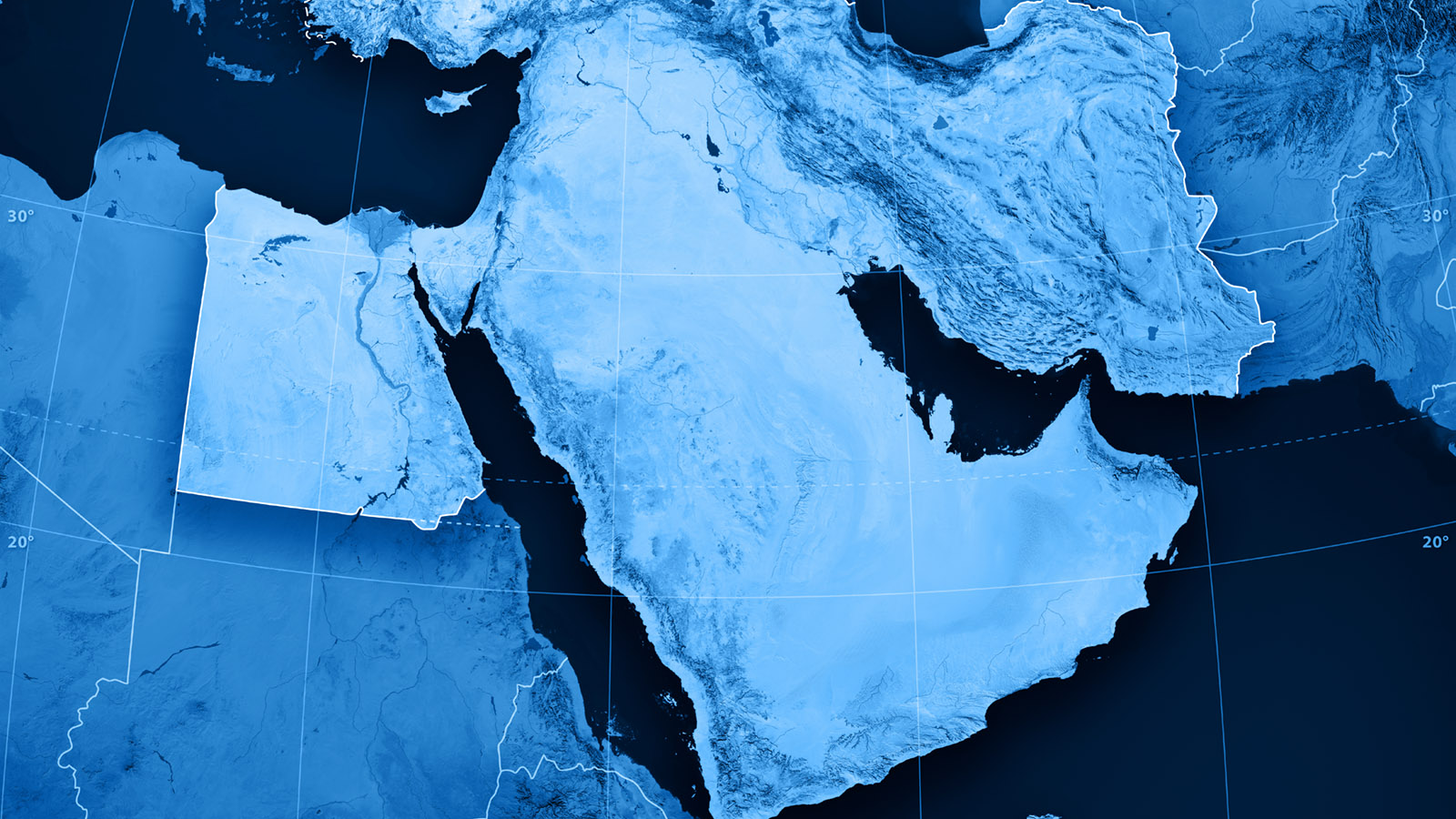John C. K. Daly
In the ten months since seizing power in Afghanistan, the Taliban has consistently stressed that its political control has eliminated armed unrest in the country. But undercutting the mullahcracy’s confident assertions is ongoing resistance centered in the northern Panjshir and Baghlan provinces. Last month (May), the National Resistance Forces of Afghanistan (NRF), a loose alliance of anti-Taliban factions consisting primarily of former members of the country’s military and police (many of them trained by the United States military), recently announced a new offensive against the Taliban’s Islamic Emirate (IE) to “liberate” the Panjshir and Andarab valleys (Hasht e Subh, May 8).
Further muddying the situation as the Afghan IE attempts to reassert its authority in Takhar and Badakhshan border provinces, Islamic State Khorasan Province (ISIS-KP) militants have not only also contested the Taliban’s control but even fired rockets into neighboring Tajikistan. The fluid security situation on the Tajikistani-Afghan frontier has attracted the attention of Russia, China and the US. Each of these rival powers is providing assistance to Tajikistan to strengthen its southern border with Afghanistan while Dushanbe simultaneously copes with domestic disturbances in its restive eastern Gorno-Badakhshan Autonomous Oblast (GBAO) (see EDM, May 24, June 1).



:quality(100)/cloudfront-us-east-1.images.arcpublishing.com/thesummit/MPXMDCD4BFARZBLQJGUXTWVBIU.jpg)













:quality(70)/cloudfront-us-east-1.images.arcpublishing.com/mco/F3MG4QA3DRCCFDYLPMAWYYEJZQ.jpg)
